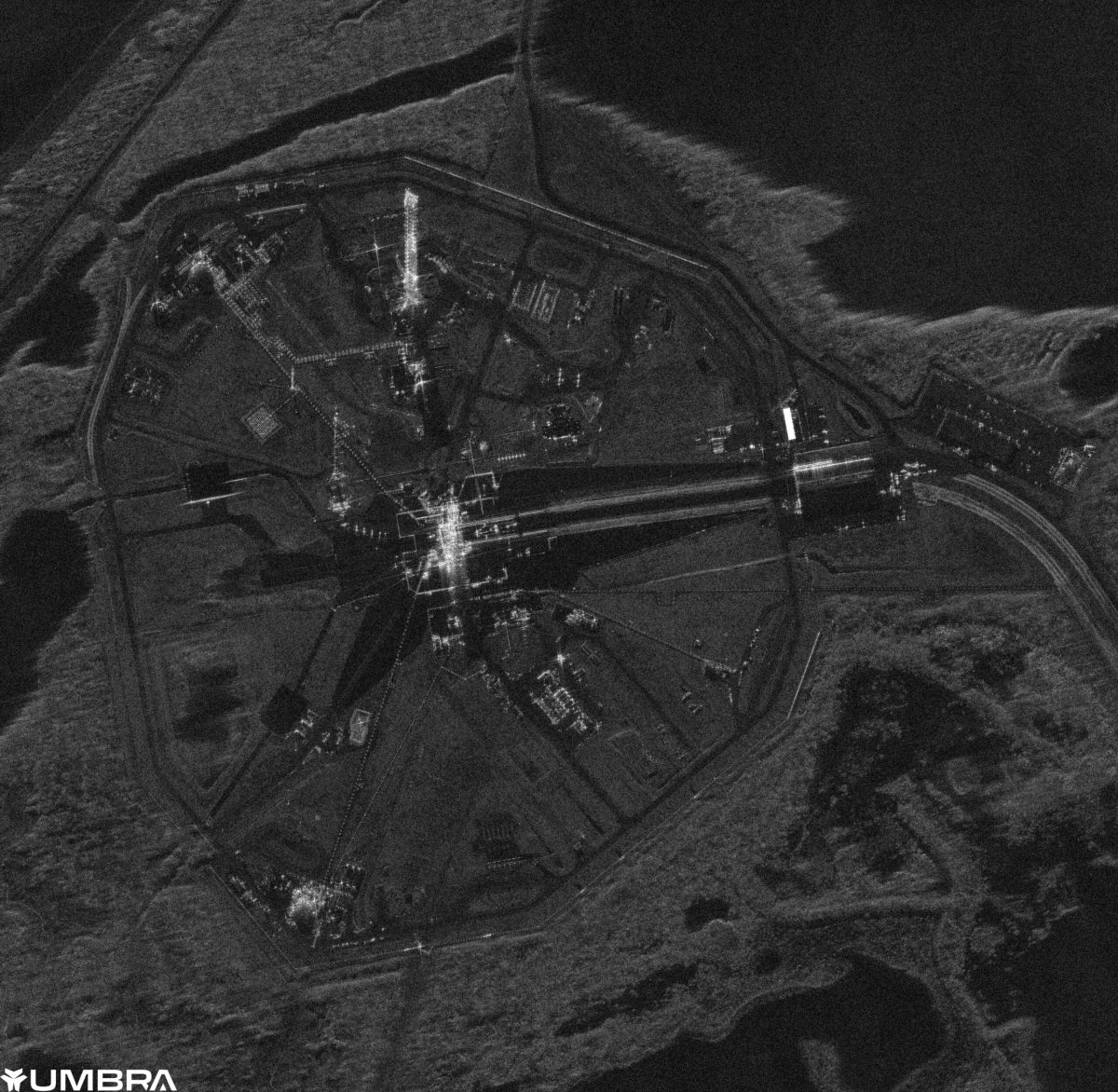KISSIMMEE, Fla. — A U.S. Space Force online marketplace that taps into commercial satellite data has executed around $8 million worth of contracts over the past four months.
About 25 defense, intelligence, and civilian federal agencies are now buying data and analytic services from the Space Force-run marketplace, said Col. Richard Kniseley, senior materiel leader of the Space Systems Command’s Commercial Space Office.
The marketplace was created to support a new program run by the Space Systems Command called Tactical Surveillance, Reconnaissance and Tracking (TacSRT).
TacSRT seeks to leverage commercial data sources to deliver faster and more accessible unclassified intelligence to military personnel deployed around the world, said Kniseley.
Kniseley told SpaceNews that TacSRT is now working with 30 commercial data and analytics vendors to deliver insights to military commands worldwide on topics of interest. Customers put in requests for specific pieces of information and vendors can bid for the contract.
“Since January, TacSRT has leveraged the global data marketplace to accomplish 40 unique efforts, with each effort incorporating at least two commercial vendors, resulting in the delivery of over 200 value-added operational planning products,” said Kniseley.
The contracts are for insights on global trends and activities such as actions by violent extremist organizations; updates on humanitarian assistance and disaster relief following earthquakes, floods, landslides, volcanic eruptions and forest fires; and indication and warning identification of potential threats.
The TacSRT program got a big boost from Congress in the 2024 spending bill that allocated $50 million for commercial space services in the Space Force budget — including $10 million specifically for monitoring the Southern Command region and $40 million for broader surveillance, reconnaissance and tracking services in support of U.S. military combatant commands worldwide.
The extra funding earmarked by Congress reflects concerns on Capitol Hill that combatant commands lack timely access to the intelligence community’s commercial imagery pipeline, leaving military operations short on those crucial data feeds.
Head of NGA pushes back
The director of the National Geospatial Intelligence Agency on May 6 pushed back forcefully on suggestions that the military is not receiving intelligence quickly enough from the agency’s analysts.
“Thanks to our deep integration with combatant commands and interagency partners, they have a keen understanding of operational priorities,” Vice Adm. Frank Whitworth said at the GEOINT Symposium. “And we leverage that understanding to develop innovative collection strategies tapping every geospatial intelligence source.”
Whitworth dismissed the criticism about intelligence delays as “a complete myth” and rejected the perception that the agency is not rapidly delivering actionable products to the front lines.
“For anyone who suggests we’re not moving as rapidly as possible — in our actions and our analysis — let me be clear: That’s simply not the case,” Whitworth insisted. “We will continue advocating for a unified geoint enterprise focused on providing the best integrated operational picture at speed and with precision.”
Space Force marketplace welcome by industry
Executives from the remote-sensing industry said the TacSRT program is a valuable vehicle for accessing government customers and contracts.
While commercial satellite operators are eager to get their imagery and analytics into as many government hands as possible, they also want to steer clear of the interagency turf battles over who controls the procurement of commercial imagery.
Jason Mallare, vice president of global solutions at Umbra, a company that operates synthetic aperture radar (SAR) imaging satellites, said TacSRT is a “real opportunity.”
The program works directly with data analytics firms, “and those firms have a robust supply chain of companies like us, and we find that that’s working pretty well,” said Mallare.
The next step for TacSRT is to figure out ways to improve the timeliness of data deliveries and get to the point where government customers can directly task commercial satellites, he said, “so the data can be delivered in hours, not in days or weeks.”
Eric Jensen, CEO of Iceye U.S., the U.S. subsidiary of Finland’s SAR imaging provider Iceye, said the Space Force’s commercial marketplace serves as a valuable “incubator.”
“For companies like us, it provides a nexus between analytic services and data providers,” Jensen said. It also provides “fairly direct access to end users and their problem sets.”
This is important, he added, so commercial companies can get a better understanding of what types of insights and data the military is seeking.”
The Space Force has built long-time business relationships with commercial satellite communications companies so they can access capacity when needed, Jensen said. “That model can be applied to the remote sensing industry.”
